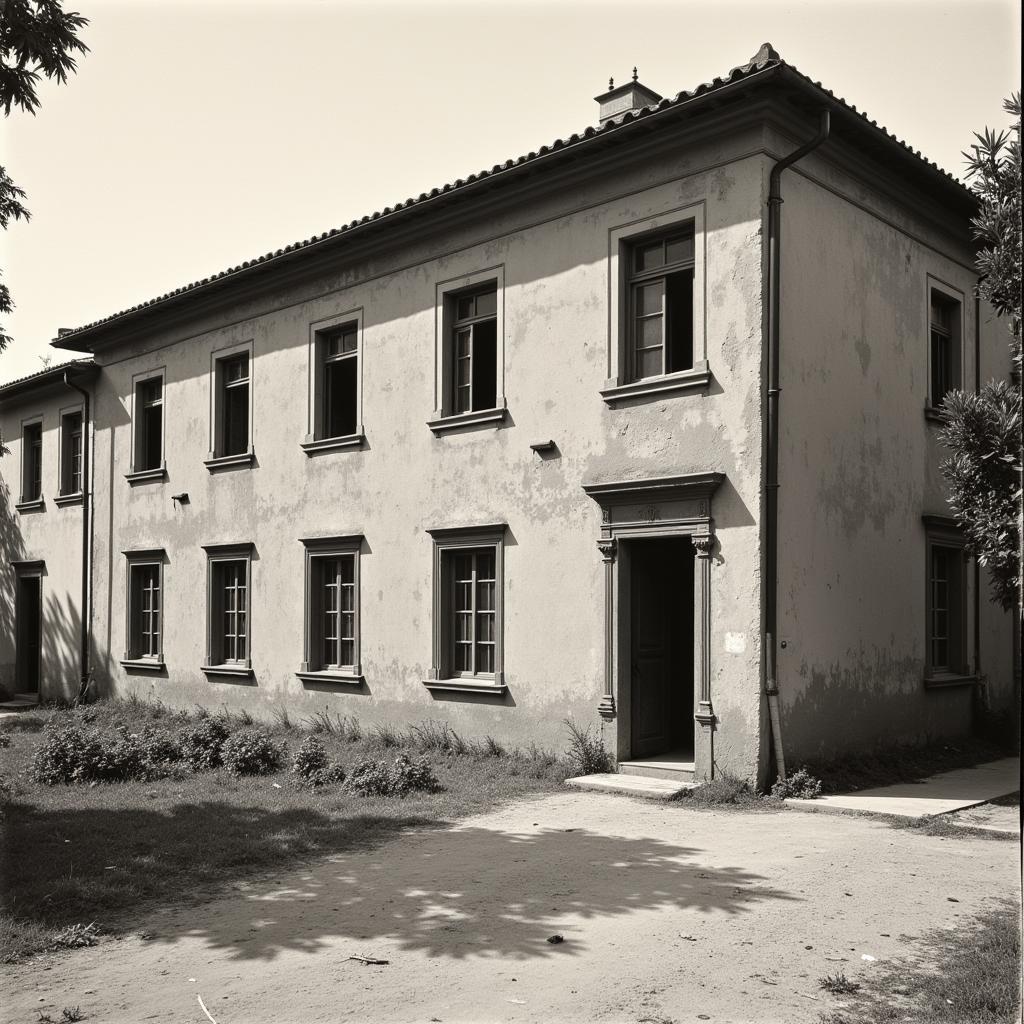The London Missionary Society (LMS), established in 1795, played a pivotal role in shaping the global landscape of Christianity and fostering cross-cultural dialogue. This article delves into the history, impact, and enduring legacy of the LMS, highlighting its contribution to education, social reform, and the spread of literacy across the globe.
A Society Forged in the Fires of Change: Early Years of the LMS
The late 18th century was a period of immense societal transformation. The Industrial Revolution was reshaping economies, the Enlightenment challenged traditional beliefs, and a burgeoning sense of social justice fueled movements for equality. It was within this dynamic context that the LMS emerged, driven by a vision of a more just and equitable world.
Unlike other missionary organizations of the time, the LMS embraced a non-denominational approach, welcoming individuals from various Christian backgrounds united by a shared commitment to spreading the Gospel. This inclusive ethos allowed the LMS to transcend doctrinal barriers and foster a spirit of collaboration among its diverse membership.
 Founding Meeting of the London Missionary Society
Founding Meeting of the London Missionary Society
Voyages of Faith and Discovery: The LMS’s Global Reach
From its humble beginnings in London, the LMS rapidly expanded its reach across continents. Driven by an unwavering belief in the transformative power of education and social reform, LMS missionaries embarked on perilous journeys to the far corners of the globe, carrying with them not only the message of Christianity but also the tools for societal advancement.
One of the key regions where the LMS left an indelible mark was the Pacific Islands. Arriving in Tahiti in 1797, LMS missionaries faced significant challenges, including cultural and linguistic barriers and resistance from local chiefs. However, their unwavering commitment to understanding and respecting indigenous cultures, coupled with their efforts to develop written scripts for Polynesian languages, gradually earned them trust and paved the way for widespread conversion to Christianity.
Beyond Evangelization: The LMS’s Impact on Education and Social Reform
The LMS recognized that true societal transformation extended far beyond religious conversion. It encompassed education, healthcare, and the dismantling of unjust social structures. LMS missionaries established schools and hospitals, providing access to education and healthcare for marginalized communities. They championed the rights of the oppressed, speaking out against slavery, advocating for women’s rights, and challenging discriminatory practices.
In India, for instance, LMS missionaries played a crucial role in the abolition of Sati, the practice of widow burning. Their efforts to raise awareness about the inhumanity of this practice, coupled with their advocacy for women’s rights, contributed significantly to its eventual eradication.
 LMS School in India
LMS School in India
A Lasting Legacy: The LMS’s Enduring Impact
The LMS, which merged with the Commonwealth Missionary Society in 1966 to form the Congregational Council for World Mission (CCWM), left an enduring legacy that continues to shape the world today.
The countless schools, hospitals, and social service organizations established by the LMS stand as a testament to its commitment to social justice and human dignity. Moreover, the LMS’s pioneering work in linguistics and cultural preservation helped preserve indigenous languages and traditions that might have otherwise been lost.
The story of the London Missionary Society serves as a powerful reminder that meaningful change often arises from collaboration, empathy, and a willingness to engage with diverse cultures. As we navigate an increasingly interconnected world, the lessons learned from the LMS’s enduring legacy remain as relevant as ever.
FAQs about the London Missionary Society:
-
What were the primary goals of the London Missionary Society?
The LMS aimed to spread Christianity, promote education, improve healthcare, and advocate for social justice globally. -
Where did the London Missionary Society send its missionaries?
The LMS sent missionaries to various parts of the world, including the Pacific Islands, Africa, Asia, and the Caribbean. -
What were some of the key achievements of the London Missionary Society?
The LMS contributed significantly to the abolition of slavery, the education of marginalized communities, the development of written scripts for indigenous languages, and the preservation of cultural heritage. -
Does the London Missionary Society still exist today?
The LMS merged with the Commonwealth Missionary Society in 1966 to form the Congregational Council for World Mission (CCWM).
Explore Further:
For more information about the history of the London Missionary Society and its impact on the world, consider exploring the following resources:
We encourage you to delve deeper into the rich history of the LMS and discover how its legacy continues to inspire positive change in the world today.
Need Support?
At Society For Peace, we’re dedicated to fostering peace and understanding. If you’d like to learn more about our work or need support, please reach out:
- Phone: 02043854663
- Email: [email protected]
- Address: Khu 34, Bắc Giang, 260000, Việt Nam
Our dedicated team is available 24/7 to assist you.